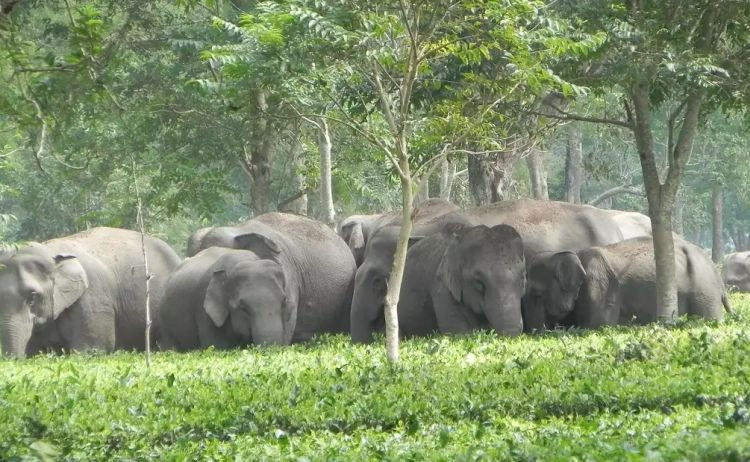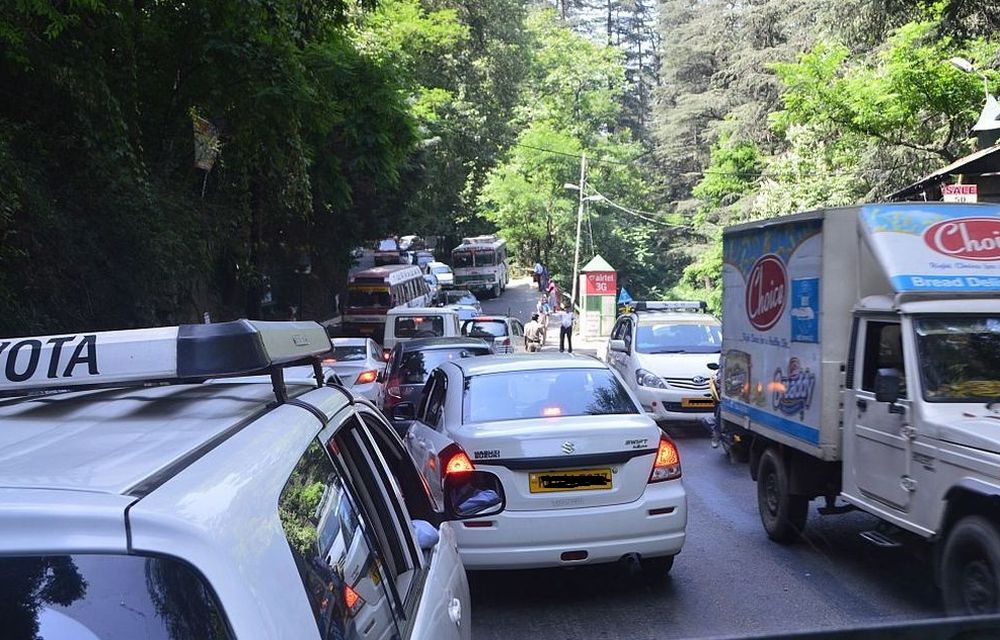Watching a video of an angry wild elephant from a northeastern state reminded me of the road from Dehradun to Rishikesh in Uttarakhand, having road signs at various places – ‘Warning. Drive Slow. This is the passage for the elephants”. The video was from the Dhubri district of Assam, where a wild elephant had entered the paddy fields in the Tamarhat village area. The pachyderm ran and hit a 30-year-old man named Kanak Rai with its trunk. The injured youth is undergoing medical treatment at the government hospital.
It is estimated that there are about 6000 wild elephants in Assam. According to the World Wildlife Fund (WWF) report, between 2010 and 2019, a total of 249 elephants and 761 humans died in the state due to conflicts between elephants and humans. More than 65 percent of the forest land in the state has been cultivated or the population has settled. Obviously, there is not enough forest left for the elephants to live in. In such a situation, they come out towards villages and agriculture farms, which create a situation of human-elephant conflict. The situation in other states of the country is also not satisfactory.
Orissa’s Forest and Environment Minister Bikram Keshari Arukh informed the state assembly recently that 406 elephants have died in the state in the last five years due to various reasons. While 14 elephants were killed when they were hit by a moving train while crossing the railway track, 162 elephants lost their lives in other accidents. Around 54 more elephants died due to electrocution. In particular, due to urbanisation, construction work has started on the natural habitats of wild elephants, which creates situations of human-elephant conflict. The state government has failed in elephant conservation, that is why Orissa has come to be called even “the graveyard of elephants” of India. It is not always right to blame wild elephants for the deaths of humans. In 1979, there were 2,044 elephants in Orissa, however, the number of wild elephants there is now 1,976 as per the 2017 Census. They were forced to leave the forests where they used to live, divided into small groups and spread to many other districts in the region.
There are about 27,300 wild elephants in India, which is more than 50 per cent of the world population of Asian elephants. Earlier, wild elephants were threatened by poaching, now elephants are dying due to high tension electric lines. According to the Union Ministry of Environment and Forests, 474 elephants were electrocuted between 2014 and 2020. Out of this, 90 elephants died in Assam, 73 in Orissa, 68 in Tamil Nadu, 65 in Karnataka and 24 in Kerala due to electrocution. Elephants are dying due to human-elephant conflict and railway accidents in northern West Bengal also. Elephants are not a vote bank, that’s why political parties don’t care about their problems. Governments create, or ignore, problems, leading to conflicts between humans and elephants. Elephants require a huge amount of green fodder every day. As they move towards the fields due to no escape from the forest, they get into conflict with humans. While constructing highways, expressways, railways and canals, it is necessary to leave the path of movement of elephants, which is not taken care of.






